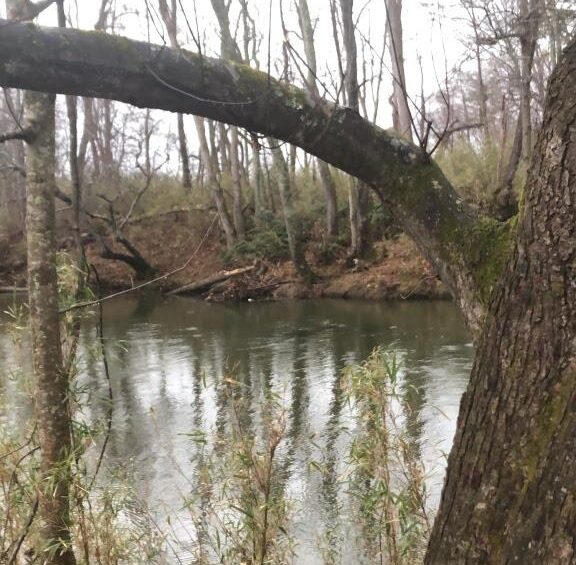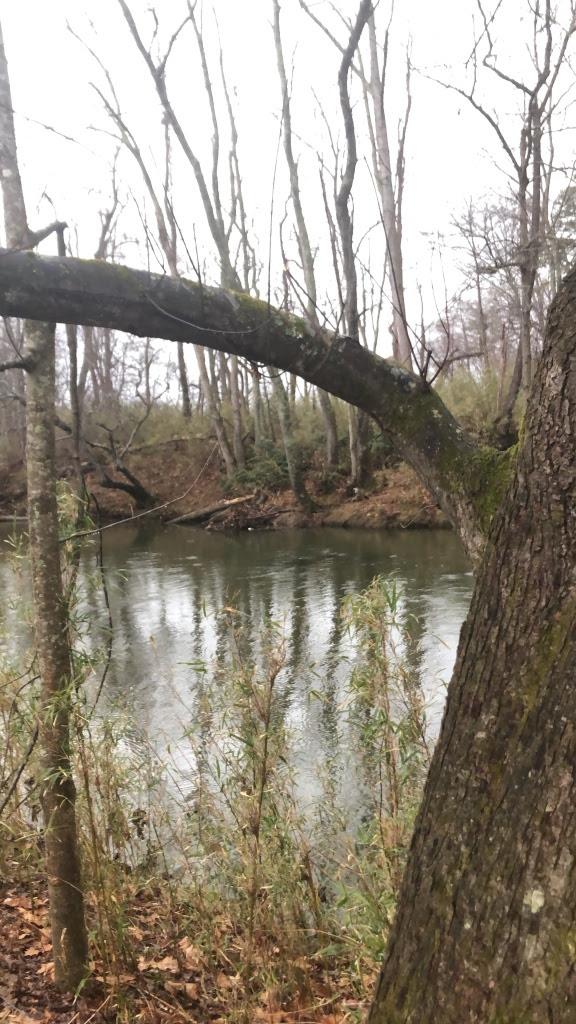Some places have figured out how to respond to climate change intelligently, collectively, and practically, in a way that energizes communities and lifts people from the crippling fear and imaginations of impending doom that often besets progressives.
I’ve been interviewing people from some of those places, and I have some initial patterns to report back.
All of the shining examples are new initiatives founded on decades of social capital built through non-profit and community projects by people who showed an active interest in their community’s well-being and future.
Pattern one: an effective climate change response requires people to care about the place they live. As Walter Brueggeman, the Old Testament scholar whose teachings guide our work at Neighborhood Economics shows in this video, they adopt the protocols of neighborliness, rather than the protocols of purity. Novelist, environmentalist, and farmer, Wendell Berry, says it all turns on affection.
In some cases, that caring is for a city, like Birmingham or Guildford in the UK. Sometimes the focus is on a bioregion, like the North Devon UNESCO Biosphere Reserve, also in the UK, or the Lake Vaneren UNESCO Biosphere Reserve in Sweden. Peter Block, one of the creators of Asset Based Community Development, starts engaging with a place by asking one question: what do you love about this place you live? In the cities creating resilient responses to climate change, they have answered that question and taken action because of it.
In several of these places, people have found that using the framing created by Kate Raworth in Doughnut Economics is an effective way to move beyond the activists, who attend three or four meetings a week, to the broader community and get school children, businesses, and average people engaged. The idea behind the Doughnut is that a healthy economy should be built to thrive, but not to grow; climate change is happening because our economy has grown beyond those planetary boundaries. People using Doughnut Economics describe the Doughnut as the safe and just place for humanity, a place to create a regenerative and distributive economy.
In the places to which the Doughnut Economics leaders pointed me when I asked for examples of where the Doughnut has landed solidly, it rests on top of a previous initiative that got part of the way toward thinking and acting together for the common good.
Second pattern: the Doughnut model reaches beyond the activist core to the broader community and helps them get involved. They use a design and action lab model to engage with new communities. We are considering using the Doughnut as a way to help congregations start to engage with our Field Guide to Transformation as they begin to engage with their local economies. We are hopeful that it can be a way to bridge those working on climate with those working on economic justice, since it links social equity and justice with climate change and biodiversity. Those groups are often siloed in the U.S.
Back to the Birmingham example, the Doughnut is the user interface to reach the people, but it is built on the work of one of the best of the Impact Hub communities. Impact Hubs are a network of co-working sites for social entrepreneurs; in Birmingham, under the leadership of Immy Kauer, it grew into a real hub for the community to think about designing a new future for the city. Kauer has moved beyond social enterprise to working at city scale through Civic Square in Birmingham, described as a public square and a neighborhood economics lab. Their move to use the Doughnut as an organizing model is in this video.
In Guildford, about 15 miles southwest of London, a group used the Doughnut as a way to create a vibrant network around Zero Carbon Guildford. Zero Guildford evolved out of the Transition Towns network that arose in the nearby town of Totnes and became a global network of places trying to transition to a lower carbon future.
Third pattern: in each place where the Doughnut thrives, there is a system entrepreneur, a person or organization that facilitates change to an entire ecosystem, connecting the dots, and working from the bottom up, at the community level as well as changing policy and rules at the top. They are code switchers, able to talk to politicians, bankers, activists, and people from the community and from faith communities.
In Guildford, Ben McCallan has been playing that system entrepreneur role for the past year, leading in setting up a thriving Community Climate Hub called Zero. It’s a place where all the climate non-profit groups share space and which provides simple daily and weekly actions for people to take to reduce their carbon emissions, personally and together in short-term projects or work days–from selling outgrown baby and children’s clothing and equipment to neighbors to tips on lowering your heating bill to a seed bank for local gardens. The Doughnut approach starts with a community’s assessment of its assets and its needs, and people find it easy to place themselves and their relationships within its circular frame. You are inside the Doughnut, trying to create a safe operating space for humanity in your town or region.
Because the system entrepreneur is one step removed from direct impact, enabling and augmenting the impact of other non profits or community groups, this role is notoriously hard to fund. Impact investors and strategic philanthropists find it hard to fund something where the results are often catalytic and essential, but not easily measurable. That is an unfortunate fourth pattern. McAllan was full-time this past year because he took the money he and his wife had saved to renovate their house to create Zero Carbon Guildford. Now that his savings have run out and he has to get a job, he hopes there is enough momentum created that the initiative can continue to thrive through volunteer effort alone.
McCallan says the Doughnut expanded action beyond the core 20 to 30 regulars to the broader community and also helped the slightly dogmatic environmental groups, set on their approach, to find more common ground through that shared outreach.
I’m hoping the Doughnut can do the same, linked with the analysis created by using our field guide.We ask three questions: 1) what is likely to happen if we stick with the status quo, 2) what are shining examples we should know about, and 3) what can we learn from and replicate from these examples? Examining the shining examples of people building thriving, interdependent, inclusive economies is at the heart of our own design lab approach at Neighborhood Economics, which is primarily focused on bridging the racial wealth gap and helping communities of faith engage in their local economies alongside people already engaged. Seeing the patterns across those examples can apply to our own work or to others in our network.


